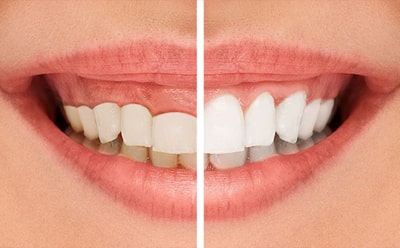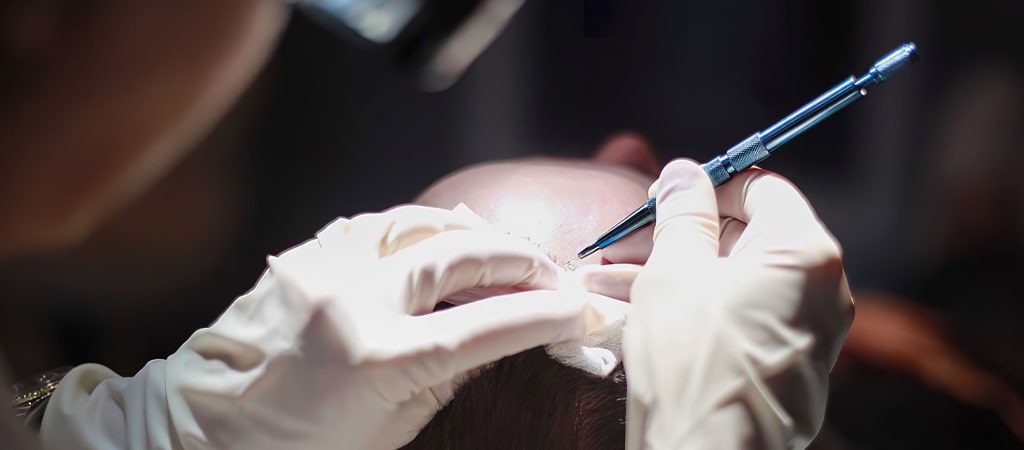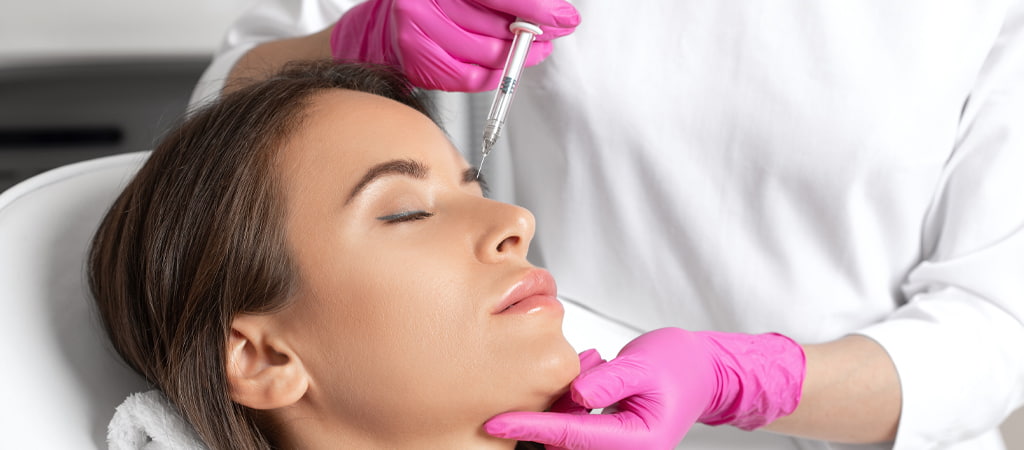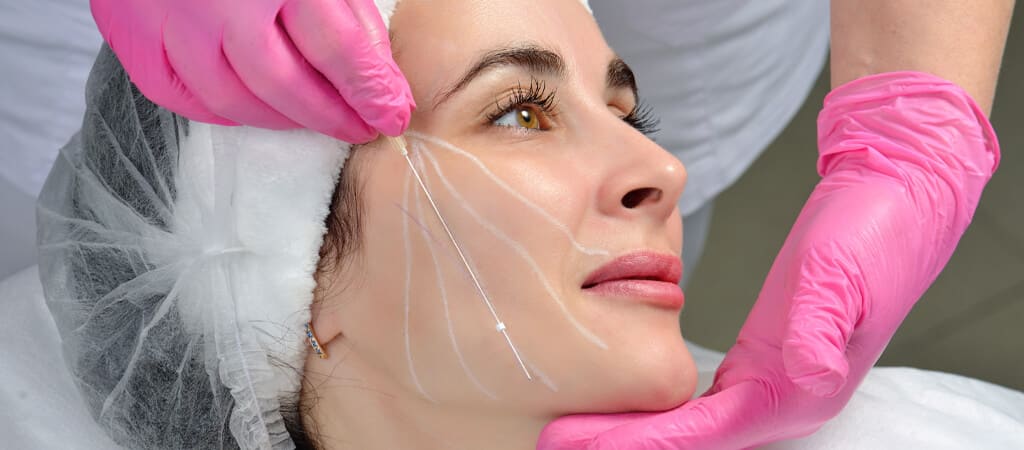What is Gingival Aesthetics? (Gum Aesthetics)

Gingival aesthetics, also known as gum aesthetics and gingivoplasty, is a procedure that corrects the visible signs of gum disorders such as tone, asymmetric problems, and receding gums.
Some of the treatments that fall under gingivoplasty include:
- A Periodontitis (gingival recession) procedure is the method applied in cases of swollen gums, dark red or purple in appearance, bad breath, painful chewing, space between teeth and gums, gingival recession and teeth appearing longer than normal. In advanced cases, a Flap method is applied.
- In a curettage procedure, irritated or destroyed tissues are regenerated. The damaged tissues are removed and supportive tissues are created. During the procedure, tissue stimulants, membrane and bone grafts are applied.
- A Gingivoplasty treatment corrects the asymmetry in the gums. Symmetry is created by removing the excess gum. After the application, a more aesthetic appearance can be achieved with the application of porcelain.
- A crown lengthening treatment reduces or removes gum tissue, if necessary shaves down the bone to reshape the tooth and ensure it is above the gum’s surface.
- The gummy smile method is also used in the treatment.

Who is Gingival Aesthetics Suitable For?
Gingival aesthetics is a popular treatment for patients with visible signs of receding gums, discoloration in the gums and a poor symmetrical appearance.
Any form of dental or gum treatment is not suitable for pregnant women.
How is a Gingival Aesthetics Treatment Done?
A treatment begins with a consultation where the practitioner will determine the appropriate treatment based on an examination of overall gum health, tissue damage and oral structure. The laser treatment is performed under local anesthesia and should be completed in roughly 30 minutes.
Recovery can take anywhere between 10 -14 days which includes getting used to the new gums in the process. During this period, certain foods, drinks and other things set out by your practitioner must be avoided for a smoother healing experience.
Advantages of Treatment
Besides being super important for oral health, gum aesthetics also benefit the following;
- Bleeding in the gums and mouth sores are prevented
- Provides a better aesthetic appearance
- Prevents inflammation in the gums
- Prevents complete loss of gums
- Enhances the look of your smile
- Prevents odor caused by problems in the gums
- Gingival sensitivity and bleeding are treated
Gingival Aesthetics FAQ’s
Is a gum aesthetics procedure permanent?
Is a gum aesthetics procedure permanent?
A Gingival treatment is different from many other procedures, therefore the permanence varies from case to case. However with the right aftercare and maintenance of oral care, results may last longer.
How long does recovery take?
How long does recovery take?
The healing process can vary between 10-14 days. During this period, oral care and doctor's recommendations should be followed.
What are the precautions after a gum aesthetic procedure?
What are the precautions after a gum aesthetic procedure?
Gums are always sensitive. - After a gum aesthetic procedure, the gums will be even more sensitive. Therefore, it is important to avoid very hot and cold foods and drinks during and after a treatment. General oral hygiene, regular brushing along with practitioners instructions should be taken into consideration.
Is a gum aesthetic procedure painful?
Is a gum aesthetic procedure painful?
The procedure is done under local anesthesia, therefore no pain is felt during the operation. However once the numbness wears off, the patient may experience minimum pain and sensitivity. The practitioner may prescribe painkillers to reduce pain.
Can a gum aesthetics procedure be performed on everyone?
Can a gum aesthetics procedure be performed on everyone?
Anyone with gum aesthetic problems can benefit from this treatment. The method to be applied is decided by the physician.
Is gingival aesthetics a reliable method?
Is gingival aesthetics a reliable method?
Yes. It is a very reliable treatment when applied with the right physician and the right treatment method.
Is there a need for medication after the procedure?
Is there a need for medication after the procedure?
In case of temporary sensitivity that may occur after a procedure, the practitioner may provide medication.





